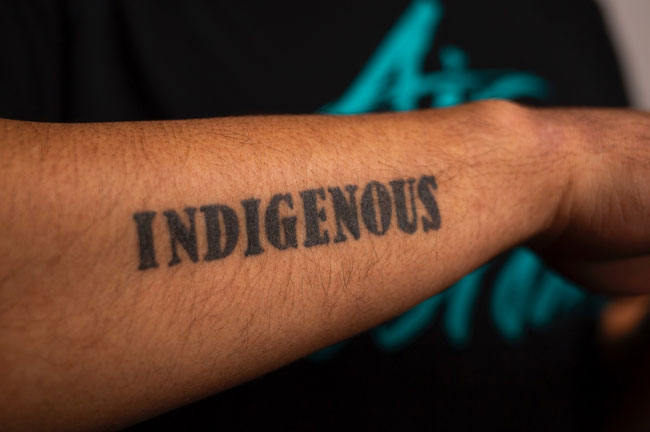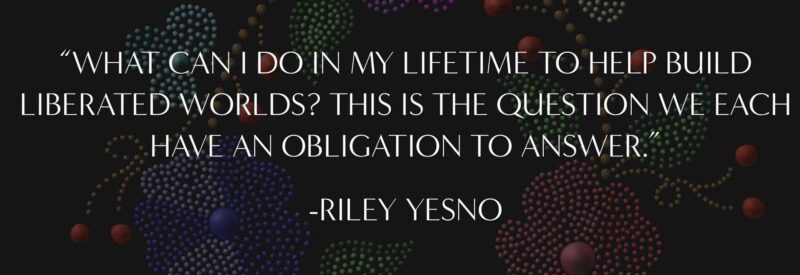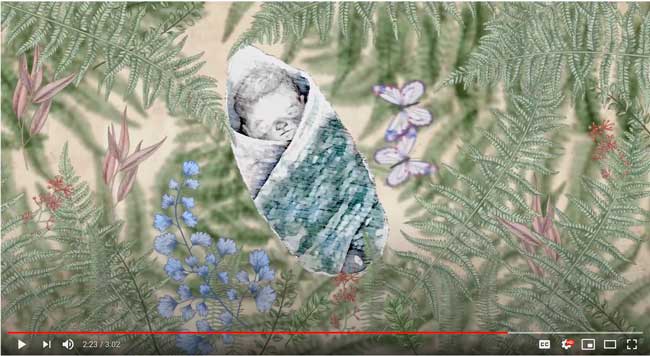
Photo by Tailyr Irvine ©2020 >>
I would say blood quantum has always been an issue. I think Natives have always opposed it. It’s not how we decide who’s Native. It’s not accurate. It’s not even based on anything but what a government agent said 100 years ago. So, throughout history, it’s been pretty controversial. People are like, that’s not how we decide who we are. We decide because we know. But what’s different about my generation is it’s coming to a head now. So I told you earlier that it’s unsustainable, and now we’re starting to see that with my generation where, for example, myself, my dad is Salish and Kootenai and my mom is Crow— two different tribes—and when you’re born Native, you can only pick one. So again, it’s—they wanted to genocide—so you immediately lose half of who you are. And so my dad is not quite full blood, so I’m under half Native Salish and Kootenai, which means for my kid to be enrolled, I would need to date someone from my tribe. – Read the full Curator Interview with Tailyr Irvine >>
[Bold typeface added above for emphasis]
Photos and Audio contents – Listen to Curator Interview with Tailyr Irvine:
https://americanindian.si.edu/developingstories/irvine.htmlInterview transcript: https://americanindian.si.edu/developingstories/pdfs/TailyrIrvineInterviewTranscript.pdf
New Photo Essay: Love and Blood Quantum in Native America
View photojournalist Tailyr Irvine’s photo essay Reservation Mathematics: Navigating Love in Native America. Indigenous residents in Missoula and on Irvine’s Flathead Indian Reservation in western Montana share their deep personal, social, and political concerns about the blood quantum system, which can impact Native Americans’ most personal decisions—including with whom they have children. Through seven intimate stories, Irvine shows how blood quantum requirements are increasingly putting pressures on Native Americans’ lives.
Ending the Use of Racist Mascots and Images
Native-inspired mascots do not honor Indigenous people. Read a message from Kevin Gover (Pawnee), the director of our museum, and Board of Trustees Chair Bill Lomax (Gitxsan) about the importance of rejecting racist symbols. To read more on the impact of Native American team names and mascots, see Kevin Gover’s commentary “Dear Dan Snyder: Don’t pick a new Native-inspired team name” in the Washington Post.
Nation to Nation
Treaties define the sovereign relationship between American Indian Nations and the United States. Last week in a historic ruling, the Supreme Court affirmed that much of the eastern half of Oklahoma remains a Congressionally established Muscogee (Creek) reservation, and therefore under federal, not state, jurisdiction. Learn more about the history of treaties and current issues of sovereignty through our Nation to Nation exhibition resources.
Street Views on Google Arts & Culture
Visit the museum’s presence on Google Arts & Culture for new street views at both public locations. The eight views include past and present exhibition galleries in Washington, D.C., and New York, and interior and exterior views of the museum on the National Mall, including the native landscape.
NMAI Publications: See Native America through a New Lens
Browse our online bookstore and enjoy a 50 percent discount on our photo books, For a Love of His People: The Photography of Horace Poolaw and Spirit Capture: Photographs from the National Museum of the American Indian. For all other books, receive 30 percent off. Use the code SUMMERPHOTO. Valid through September 30.
Source: Newsletter, NMAI | National Museum of the American Indian
<nmai-news@smithsonianonline.org>
Date: 16 July 2020

Listen to (Land) Back to the Future by Riley Yesno on the CBC Ideas website >>

Watch “The Good Ancestor – The Legacies We Leave” (3 min.): An animation that explores the legacies we might leave for future generations >>
Links to some of the most important organisations, thinkers and doers that are leading the way and that have inspired the book The Good Ancestor by Roman Krznaric >>